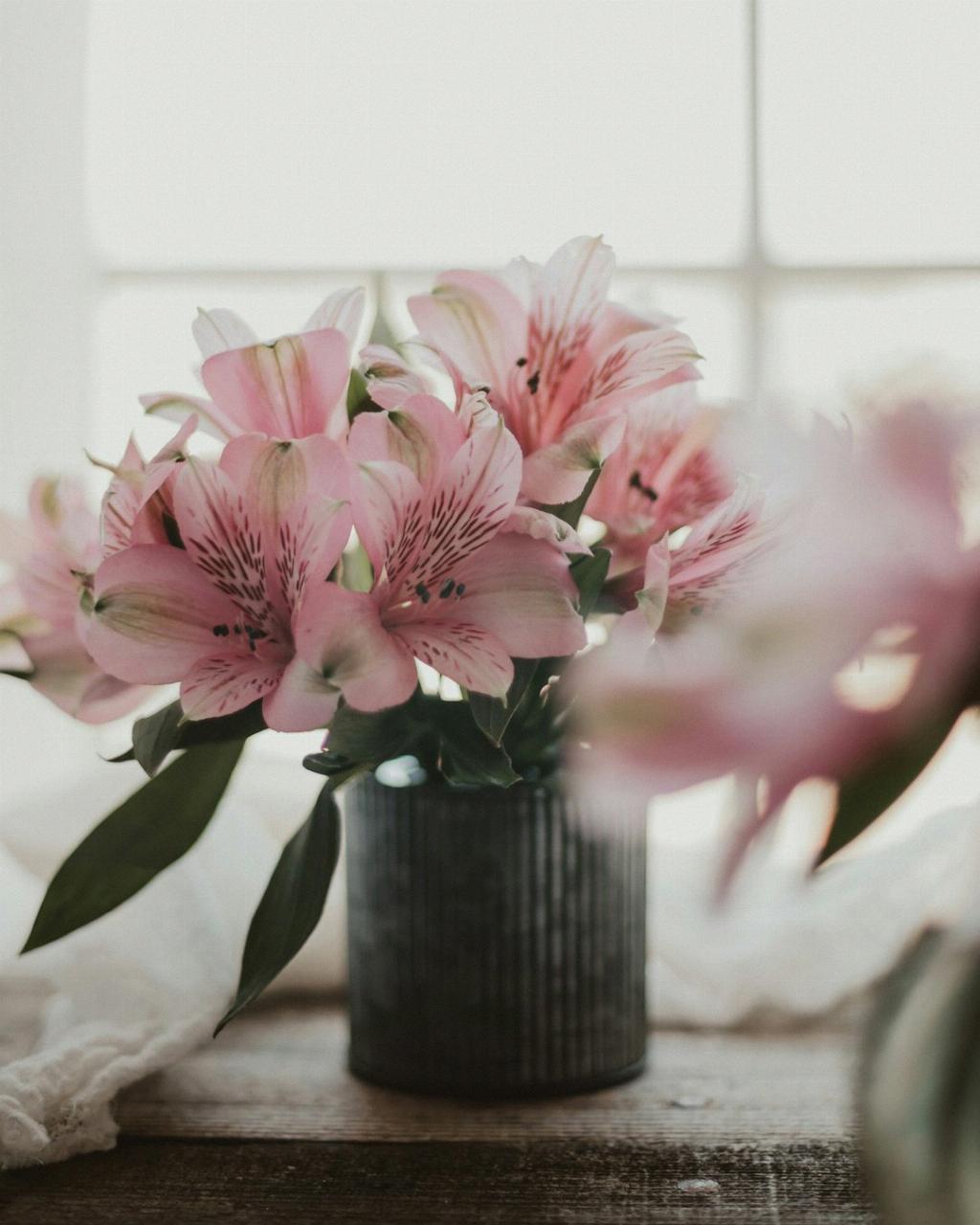So, you want to see your lovely peace lily burst into a beautiful display of blooms? Well, you’re in luck because I’m here to guide you through the process of helping your peace lily thrive and bloom to its full potential. It’s essential to understand the care requirements and conditions that can encourage your peace lily to produce those stunning flowers.
First and foremost, one of the critical factors in getting your peace lily to bloom is providing it with the right amount of light. Peace lilies enjoy bright, indirect sunlight, so be sure to place your plant in a spot where it can bask in plenty of natural light without being exposed to direct sunlight, which can harm its delicate leaves.
Another crucial aspect of caring for your peace lily is proper watering. To encourage blooming, keep the soil consistently moist but not overly saturated. Allow the top inch or two of soil to dry out slightly before watering again, ensuring that the roots have access to adequate moisture without being waterlogged.
Humidity plays a significant role in the health and blooming potential of peace lilies. These plants thrive in high humidity environments, so consider increasing the humidity around your peace lily by misting its leaves regularly or placing a humidity tray nearby to create a more humid microclimate for the plant.
Fertilizing your peace lily can also help promote blooming. During the growing season, which typically spans from spring to early fall, feed your peace lily with a balanced houseplant fertilizer diluted to half strength every 4-6 weeks. This will provide the plant with essential nutrients to support healthy growth and flower production.
Proper air circulation is crucial for the overall well-being of your peace lily and can also impact its blooming potential. Make sure that your plant is not placed in a stuffy or stagnant environment, as good air circulation can help prevent issues like mold, mildew, and pests, which can hinder blooming.
Regular grooming and maintenance can also help encourage blooming in your peace lily. Remove any yellowing or browning leaves promptly, as these can divert the plant’s energy away from blooming. Pruning dead or faded flowers can also stimulate the plant to produce new blooms, ensuring a continuous display of flowers.
As your peace lily matures, it may benefit from being repotted to provide it with fresh soil and more room to grow. Repotting can help rejuvenate the plant, promoting healthy growth and potentially encouraging blooming. Choose a slightly larger pot with well-draining soil to accommodate the plant’s expanding root system.
Monitoring the temperature around your peace lily is essential for its overall health and blooming capacity. These tropical plants prefer temperatures between 65-80°F (18-27°C) and should be kept away from drafts, air conditioning vents, or temperature fluctuations that can stress the plant and inhibit blooming.
Practicing regular pest control is crucial to prevent infestations that can damage your peace lily and hinder its blooming potential. Keep an eye out for common pests like spider mites, mealybugs, and aphids, and address any issues promptly with natural or chemical pest control methods to protect your plant.
Creating a consistent care routine for your peace lily can help establish a healthy growing environment that is conducive to blooming. By following a regular watering schedule, providing sufficient light, maintaining proper humidity levels, and addressing any potential issues promptly, you can set the stage for your peace lily to bloom and flourish.
In conclusion, with the right combination of light, water, humidity, fertilizer, and care, you can encourage your peace lily to bloom and delight you with its graceful white flowers. By following these tips and staying attentive to your plant’s needs, you can create an environment that nurtures blooming and supports the overall health and vitality of your peace lily.

